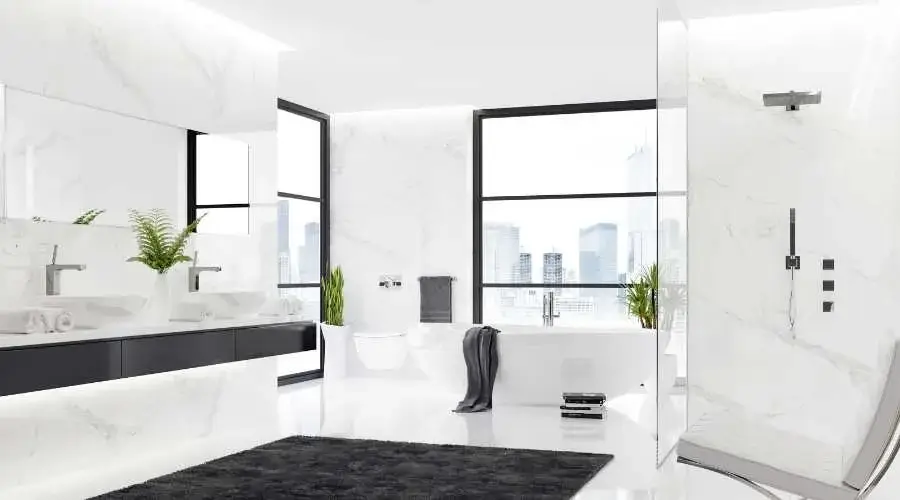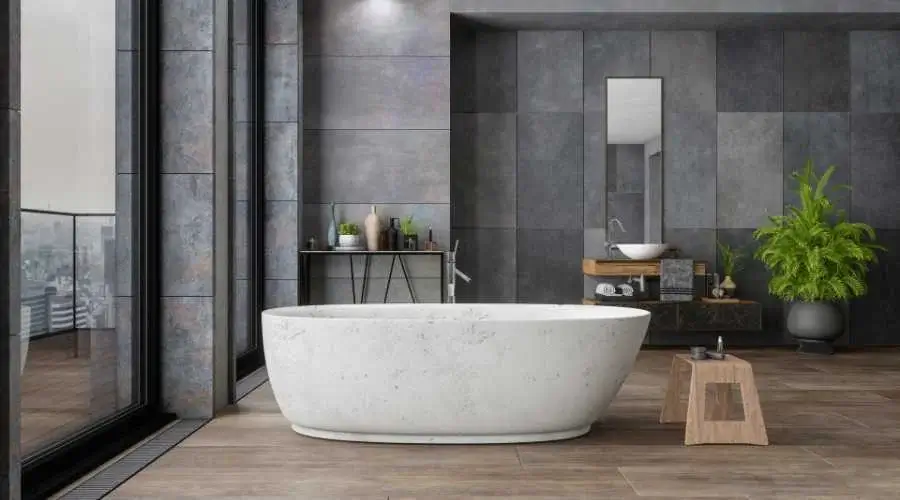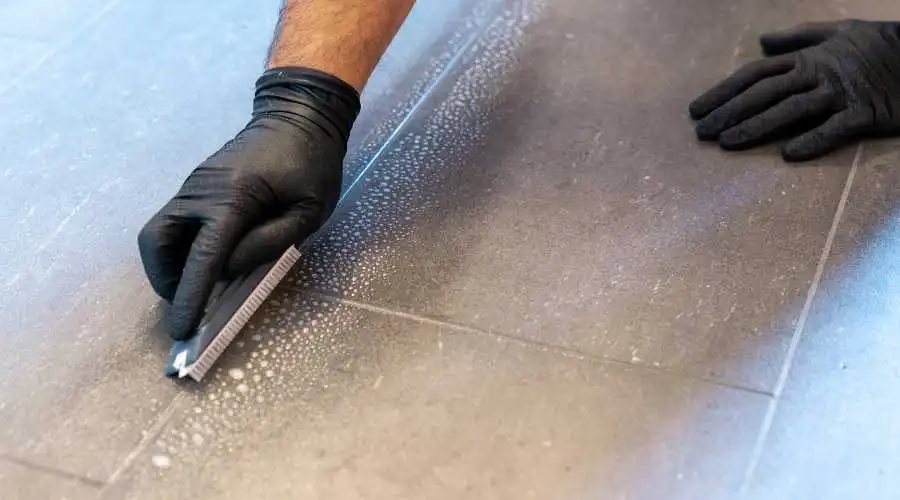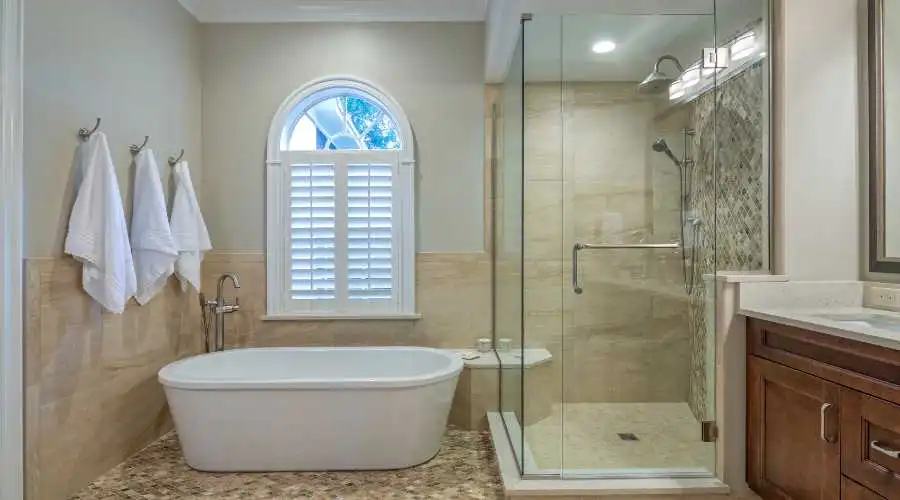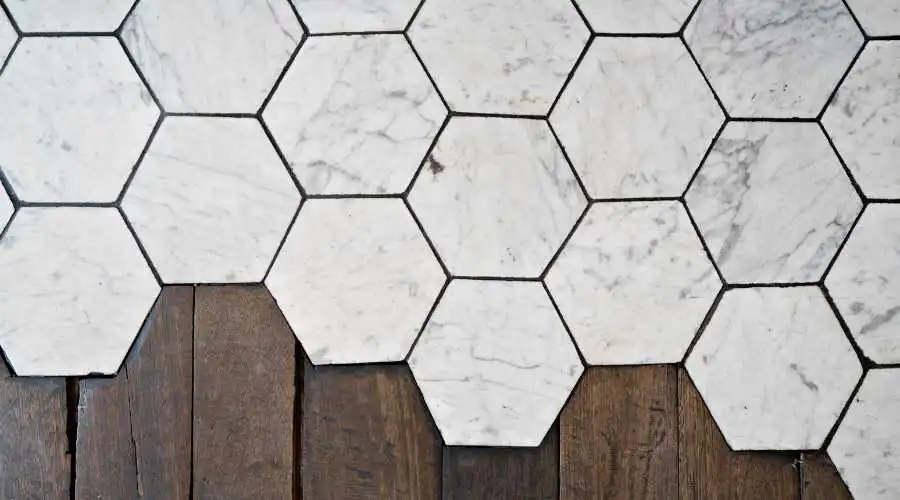When you’re “blessed” with a 1950s-era bathroom with pastel-colored tiles (peach? teal? fading yellow? ), you have two choices. Accept it or remodel the area. However, a third option that can be almost as striking as a complete makeover but without the time and money is reglazing tile, tubs, and sinks.
Maybe you’ve heard of it before under a different name: Reglazing may sometimes be referred to as resurfacing, refinishing, or even painting (though the last term is incorrect). But the technique is the same: After thoroughly cleaning the tile, sink, tub, or all three, a professional can visit your home and quickly transform the area by spraying a thin, opaque, lustrous coat of enamel over them.
Reglazing can help you save money, whether it’s a long-term remedy or the ultimate answer. Additionally, the technique is not too difficult: Professionals will acid-etch the tiles to remove the sheen and then clean the surface using chemicals to remove any remaining oil and grease to guarantee that the enamel sticks to the tiles being reglazed. Before the paint can be reapplied, the tiles must be washed and lightly sanded. The surfaces will subsequently receive three or four coats of high-gloss enamel sprayed on them. You can’t satisfy the need for a matte finish since, if your tiles were made absorbent, they would quickly get soiled.
You might have been hesitant because the new liquid enamel coating is sprayed on, but don’t worry; this is the best way to get a faultless gloss. Because they are both enameled over (the enamel is only a few millimeters thick, so the grooves won’t be filled in), the grout and the tile will both be the same color. If the bathroom had just reglazed, you must wait at least 12 hours before using it again. A reglazing job can be finished in a single day. After that, your grandmother’s bathtub will no longer exist.

